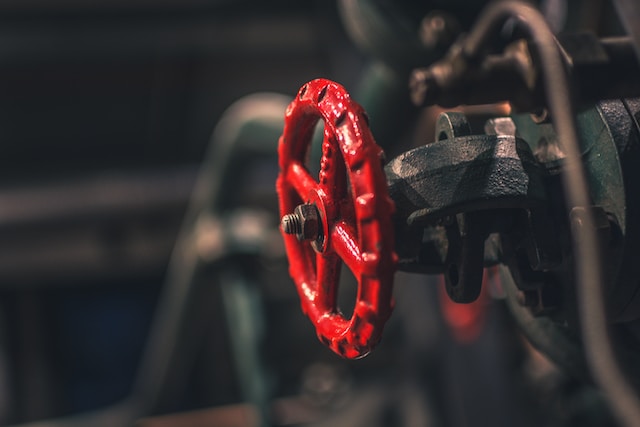Valves play a significant role in fluid systems. Keeping these vital components in optimal condition is critical to reliable system operation. Maintaining a valve maintenance program can be challenging. Workers must harmonize maintenance records and work efficiently to minimize unscheduled downtime. Valve reliability can be improved by providing historical information on how individual valves perform over time.

Reduced Downtime
A valve maintenance system helps reduce the number of shutdowns required to fix issues that could affect production. This is important because unplanned repairs need more resources in terms of parts, labor, length of downtime and schedules. For instance, a valve that doesn’t open at the appropriate pressure or closes below the set point may lead to product contamination, processing inefficiencies and even line failure. The best way to avoid this is through preventive and predictive maintenance. Predictive methods such as Risk-Based Inspection (RBI) help achieve an optimum maintenance interval for each valve in your facility. These methods determine how likely a specific valve is to fail and what the impact of such a failure would be. This information can help identify the best time to perform an inspection. Once the data is collected, your team can easily track the servicing of each valve with a centralized database that takes the guesswork out of identifying which valves need attention and when.
Increased Productivity
Keeping a production system running smoothly takes much more than one working valve. A faulty component can cause problems that impact the entire process unit, leading to product contamination or reduced efficiency.
A quality valve maintenance system can help you avoid these costly issues with a planned approach to servicing your equipment. Unplanned repairs during a shutdown can cost more in parts, labor and length of downtime than planned maintenance that occurs on schedule with the right parts, tools and time. A facility that switched from paper-based valve inspections to a GIS-based mobile solution saw improved productivity in several areas. Maintenance staff could complete valve exercises more quickly, easily view their inspection data and record counts for reporting. The Operations dashboard also increased efficiency during turnaround planning with real-time views of upcoming inspections, equipment needs and cost analysis. This helps ensure that the correct equipment is ordered and can be delivered in time to meet your turnaround deadline.
Reduced Risk of Damage
Most valves in a plant are critical, meaning that if they don’t function as expected, production stops, and the product goes out of spec. Often, these valves are located in areas of the processing unit that are difficult to work on. This makes the temptation to postpone maintenance a real one. When maintenance teams perform repairs during unscheduled downtime, the cost of parts and labor to fix the problem can be far more expensive than a preventive approach that considers each valve’s service history. A centralized valve database lets maintenance staff know which valves need attention and which can wait until the next turnaround. This can help reduce surprises during the turnaround clock that reveal more valves needing repair or replacement. This information also helps them prioritize their tasks. For example, a system that provides HART diagnostics can alert them to developing problems like leaking elastomer seals or loose hardware that can impact performance.
Increased Safety
Valve maintenance is often dangerous for plant workers, involving putting bodies near equipment and hazardous materials. Fortunately, automating your process valves and equipping them with condition-monitoring sensors can significantly reduce the need for manual inspection and servicing of these sensitive units. This can help facilities avoid unnecessary exposure to dangerous substances, improve worker safety and lower labor costs. Valve maintenance also requires the right tools to access and perform repairs. Often, these valves are located in places requiring special permits, such as near power lines or restricted urban zones. This makes it difficult to ensure that all valves receive the necessary care.
A predictive maintenance system can analyze real-time data to determine which valves are most likely to fail and help facilities plan accordingly. This can prevent the need for last-minute repair calls, which are expensive in terms of parts, labor and length of downtime.




